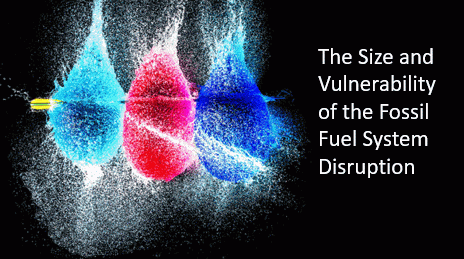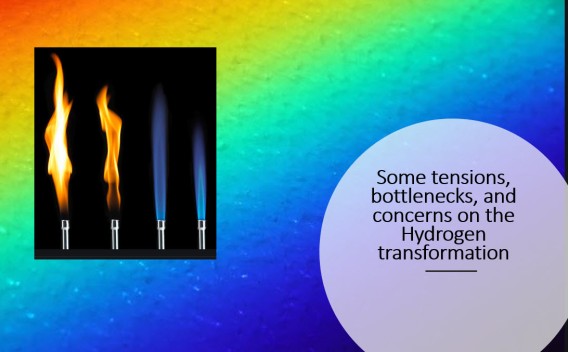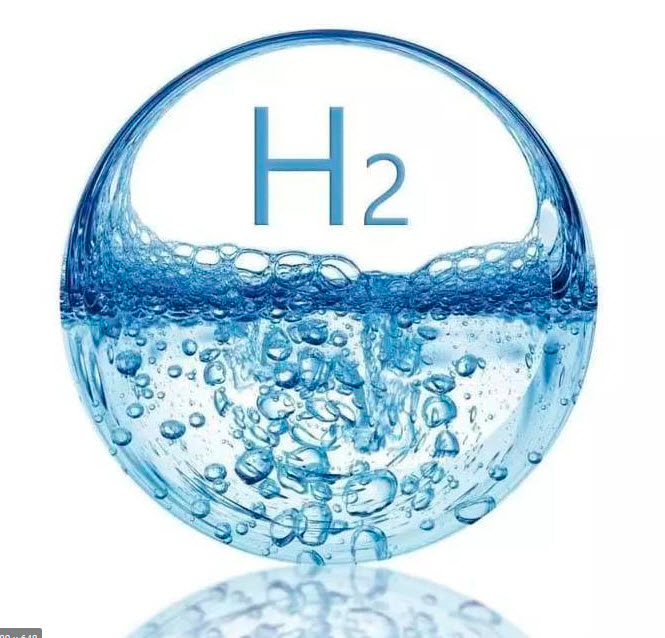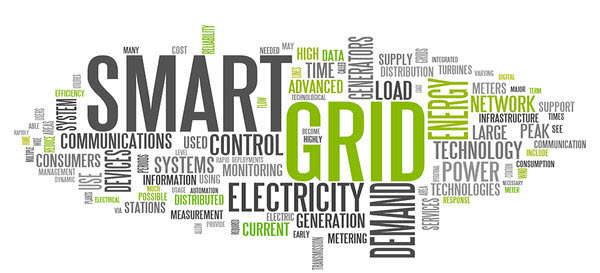
There is a real urgency that we transform our energy systems.
Where can innovation help within the Energy Transition to rapidly advance it?
The opening answer is everywhere within the energy system. Technological and systemic innovation is critical to the end-user sectors of transport, industry, and buildings and replacing and upgrading much of the overall system design and operation to generate increased electrification.
We need to digitalize our grid services, provide new concepts for the grid and local storage, provide improved smart charging for electric vehicles, add different ways of building into the energy system the idea of mini-grids.
Each day there seems some level of innovation development, but my aim here is not to list these or where they need to go in future but to take a broader view of where and how innovation can help in general terms within the energy transition. We all need a sense of bearing or a compass that shows us the way. Our job is is “spark” and ignite innovation within the Energy Transition. To give innovation more resources and support. Continue reading





 Something that will take thirty to forty years to turn from being ambitious and full of intent into realization is hard to relate too. Hydrogen is one of those promised solutions that can potentially allow us to achieve our “net-zero” carbon ambitions that have been “set in stone” (The Paris Agreement) dealing with greenhouse-gas-emissions mitigation, signed in 2016 that we need to achieve by 2050.
Something that will take thirty to forty years to turn from being ambitious and full of intent into realization is hard to relate too. Hydrogen is one of those promised solutions that can potentially allow us to achieve our “net-zero” carbon ambitions that have been “set in stone” (The Paris Agreement) dealing with greenhouse-gas-emissions mitigation, signed in 2016 that we need to achieve by 2050.
 The Smart Grid is evolving and will be essential in the next decade to bring the kind of transformation our existing energy grids require. Infrastructures to be fit for purpose must be fully integrated and smart to manage the increasing complexity and needs of electricity in the 21st century.
The Smart Grid is evolving and will be essential in the next decade to bring the kind of transformation our existing energy grids require. Infrastructures to be fit for purpose must be fully integrated and smart to manage the increasing complexity and needs of electricity in the 21st century. Energy is essential to the modern economy. It provides the vital power source of electricity for industry, for public services and powering infrastructure, as well as resolving domestic activities where heating, lighting, cooking can take place in different ways from traditional wood fires. Our growing reliance on communications, technology, and mobility all are reliant on having this constant source of energy.
Energy is essential to the modern economy. It provides the vital power source of electricity for industry, for public services and powering infrastructure, as well as resolving domestic activities where heating, lighting, cooking can take place in different ways from traditional wood fires. Our growing reliance on communications, technology, and mobility all are reliant on having this constant source of energy.